Enrichment for Scientists – Action Painting to Live Music
Performed: Tuesday 18 JAN 2022 (17.30 – 19.30) i3S

Curators: Júlio Borlido Santos + Maria Manuela Lopes
Lead Painting Session: Adam Zaretsky
Performers: Carlos Conde + Elsa Logarinho + Eurico Morais de Sá + Mónica Sousa
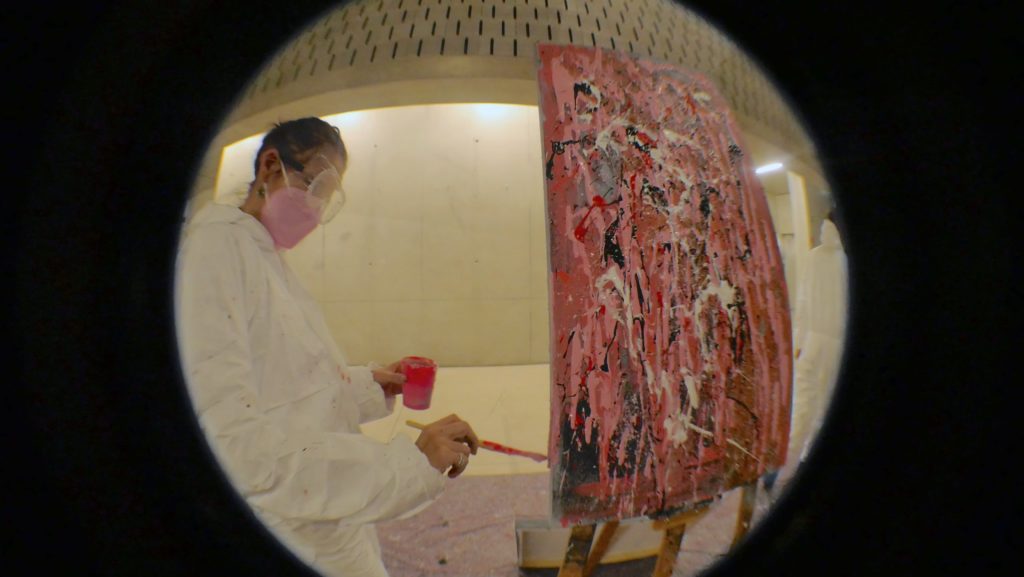
Ana Pinto + Filipa Franquinho + Joana Macedo + Margarida Gonçalves + Mariana Gonçalves + Mariana Osswald + Monika Vilares + Nelson Leça + Pedro Brites + Rui Ribeiro + Sara Sousa + Sofia Lamas
Lead Music Session: João Dias
Performers: Catarina Sousa + Joana Rodrigues + Marina Silva + Márcia Liz
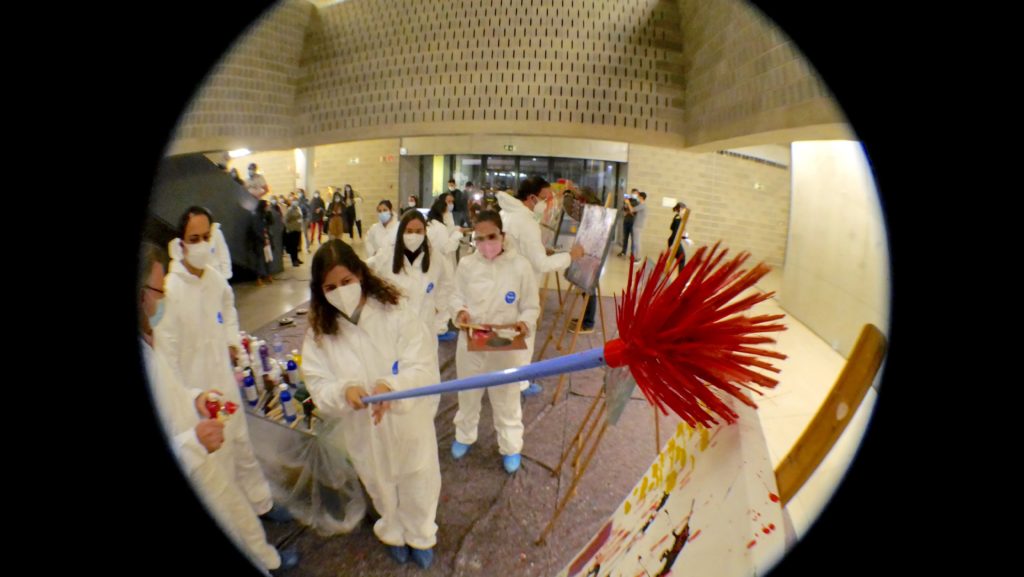
Protocol for Enrichment for Scientists – Action Painting to Live Music
Developed by João Dias and Adam Zaretsky
Methods:
How to use improvisation to paint with brushes using paint on canvas:
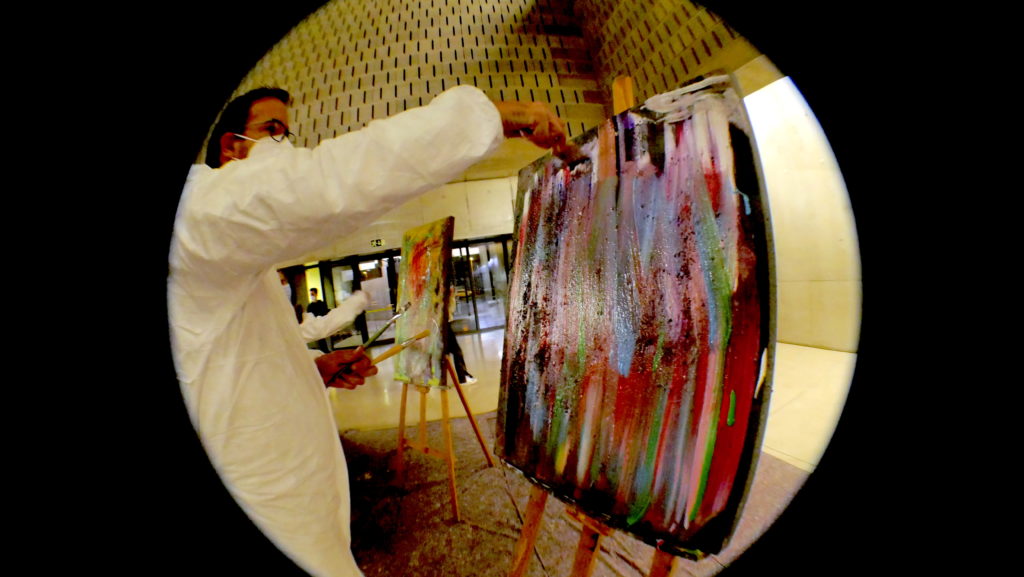
- Choose a color based on your mood, the mood of how you want the painting to evolve and in response to the sounds you are hearing.
- Apply the color in small dabs leaving splotches of color, add a color field or a few awkward strokes. Feel free to mix the color a bit on the canvas. Feel free to switch brushes, change paint color or alter your application technique.
- Avoid the urge to make the painting become a legible object or representation. Please do not paint a something. Just stick to adding layers of the undefined in increasing complexity, nuance and spontaneous change.
- Stay loose and try to play with translating the sounds of the experimental music into color, pattern and layers.
- If possible, lower the volume of your inner mental monologues and attempt to ‘get non-verbal” in your actions. This is real time painting, more of a form of dance than a cerebral exercise.
How to make sonic improvisation – “Indeterminacy”:
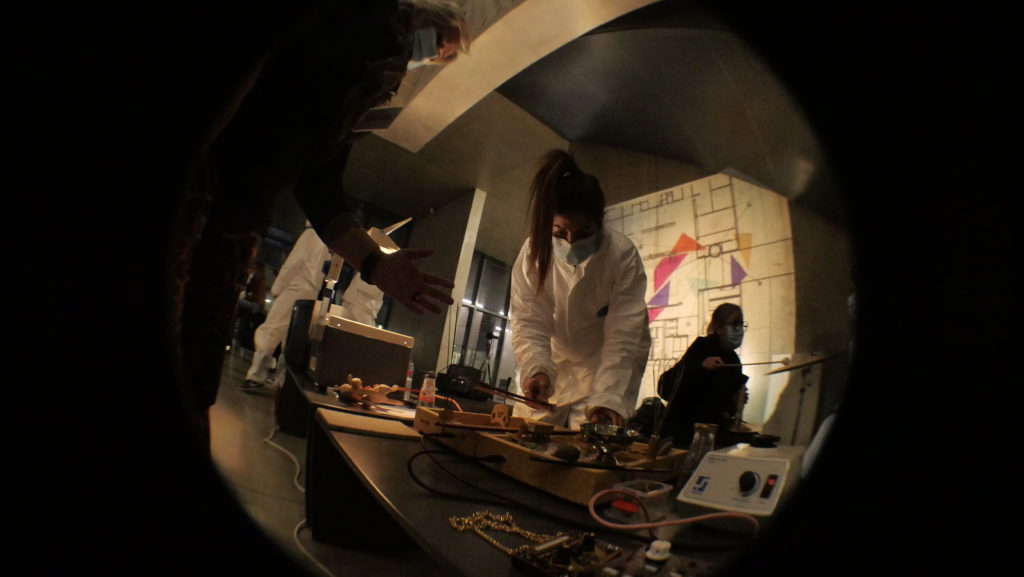
- Feel free and have a try;
- Be creative, feel creative, and put all your senses on alert;
- With any intervention, try to interact or react to something, or NOT, it’s your decision;
- Choose an instrument and play, and feel free to go around the space and play it;
- Tune in to a radio station, or to a white noise sound, and play with the volume of the radio;
- Choose a record/vinyl and playit on a turntable;
- If you don’t like any radio sound or record/vinyl that someone played, feel free to change the sound, volume or turn off
- Choose a sound maker based on your mood, the mood of the paintings as they evolve and in response to the live painting/painters that you are seeing.
- 2. Start with making sound that informs growing and changing color fields of the painting process. Feel free to change your sonic enunciations with changes in your inner responses to what our are seeing unfold. Feel free to switch instruments, change tone or inflection of your sonic expression or alter your application technique.
- Avoid the urge to make the sounds become a legible musical genre. Please do not focus on the definative style. Just stick to adding layers of the undefined in increasing complexity, nuance and spontaneous change.
- Stay loose and try to play with translating the visualizations into the dissonant sounds of experimental music. Let the flux of color, pattern and layering guide you in producing incremental sounds of undefined oddness.
- If possible, lower the volume of your inner mental monologues and attempt to ‘get non-verbal” in your actions. This is real time sonic improvisation, more of a form of singing than a cerebral exercise.

What is Abstract Painting:
Abstract painting can symbolize: relationships to enigma in: formulating experiments, imaging the unknown, art and science interplay, the process of discovery and curiosity/exploring as one of the best guides for both art and science.
What is “Indeterminacy” (music):
Indeterminacy is a compositional approach that grew up with a movement started by John Cage, and followed by a group of other composers of the so-called New York School, and they are Earl Brown, Morton Feldman and Christian Wolf. Others like Charles Ives and Henry Cowell are related to this approach.
Indeterminacy, or Indeterminate Music, is, as John Cage describes: “the ability of a piece to be performed in substantially different ways’ ‘; or even: “my intention is to let things be themselves”. This compositional approach left open to chance some aspects of a piece, or to the performers free choice.
On John Cage “Variations IV”, the Indeterminacy could be easily found and related with the use of chance procedures, to structure and select events, the indeterminacy of notating, the objects to be employed, the occurrence of any events, or even the actual duration of an action.
We are performing a version of the piece “Variations IV” from John Cage. This piece was composed in 1963 and premiered in 1963 in Los Angeles, and was originally used as music for the choreographed piece by Merce Cunningham.
The work is for any number of players, any sounds or combinations of sounds produced by any means, with or without other activities.
Synesthesia Protocols:
When painting, use your ears to hear the music. It may be dissonant or rhythmic. Let the sound guide your brush, your color choices and your application of paint to the canvas. Translating sound to vision is a form of voluntary synesthesia. Make an attempt to paint what you hear.
In conjunction, any audio should be in some sort of response to what or how the painters are expressing themselves from the style of painting to the change in color or mood of the painting. Translating a changing visual field into sonic expression is a form of voluntary synesthesia. Make an attempt to make sounds in response to what you see happening on the canvases.
Scientist Enrichment:
As artists in an art and science, art and biology collaboration with the scientists of i3S, we are indebted to our host labs. Artists who are into bioart or art/sci incorporate what they learn from exploring the labs, experiments and researchers that they visit. Often the resultant work is about or incorporates biotechnological and/or living systems as reflexions of immersive science experience. But, often these works are not the best way to introduce scientists to artistic practices. By creating an open interface for scientists to try on the practice of generating prelinguistic markings and intuitive soundscapes, we are attempting to enrich the repertoire of the scientist behavioral milieu.
Artful Experimental Design:
Considering the scientific literature below, and the atistic concepts of deep listening and sonic interventions as well as spontaneity and creative illogical free improvisation, this lab can be considered playful. But, it can be seen as something more. It an be seen as a productive way to imagine novel experimental design. Perhaps we can teach rats to paint or play with little synthesisers? Perhaps we can see if this is therapeutic in a behavioral, neurological or cognitively measurable sort of way?
References: Please see pdfs in the shared folder and these inspiring examples:
http://www.arthistoryarchive.com/arthistory/abstractexpressionism/
Maria Helena Vieira da Silva
Jackson Pollock https://en.wikipedia.org/wiki/Surrealist_automatism
“decisive rejection of recognizable imagery in favor of felt experience … To reject the comfortable accessibility of representation has required a high degree of daring.”
– http://www.arthistoryarchive.com/arthistory/abstractexpressionism/
Scientific Papers:
Arts, Brain and Cognition
https://pubmed.ncbi.nlm.nih.gov/27855424/
Genes, brain dynamics and art: the genetic underpinnings of creativity in dancing, musicality and visual arts
https://pubmed.ncbi.nlm.nih.gov/34997732/
Creativity, brain, and art: biological and neurological considerations
https://pubmed.ncbi.nlm.nih.gov/24917807/
Disclaimer:
The paintings and the edited video documentation of the paintings will be displayed as part of CoPraxis exhibitions in Lisbon, Porto and beyond. Documentation will take place. Anonymity is optional but stage names are available by participant request. We offer protective clothing and face protection and after care clean up.
—–
Instituto de Investigação e Inovação em Saúde, Universidade do Porto
Rua Alfredo Allen, 208 | 4200-135 Porto, Portugal
Telf: +351 220 408 800 | Ext.: 6193
web: www.i3s.up.pt


